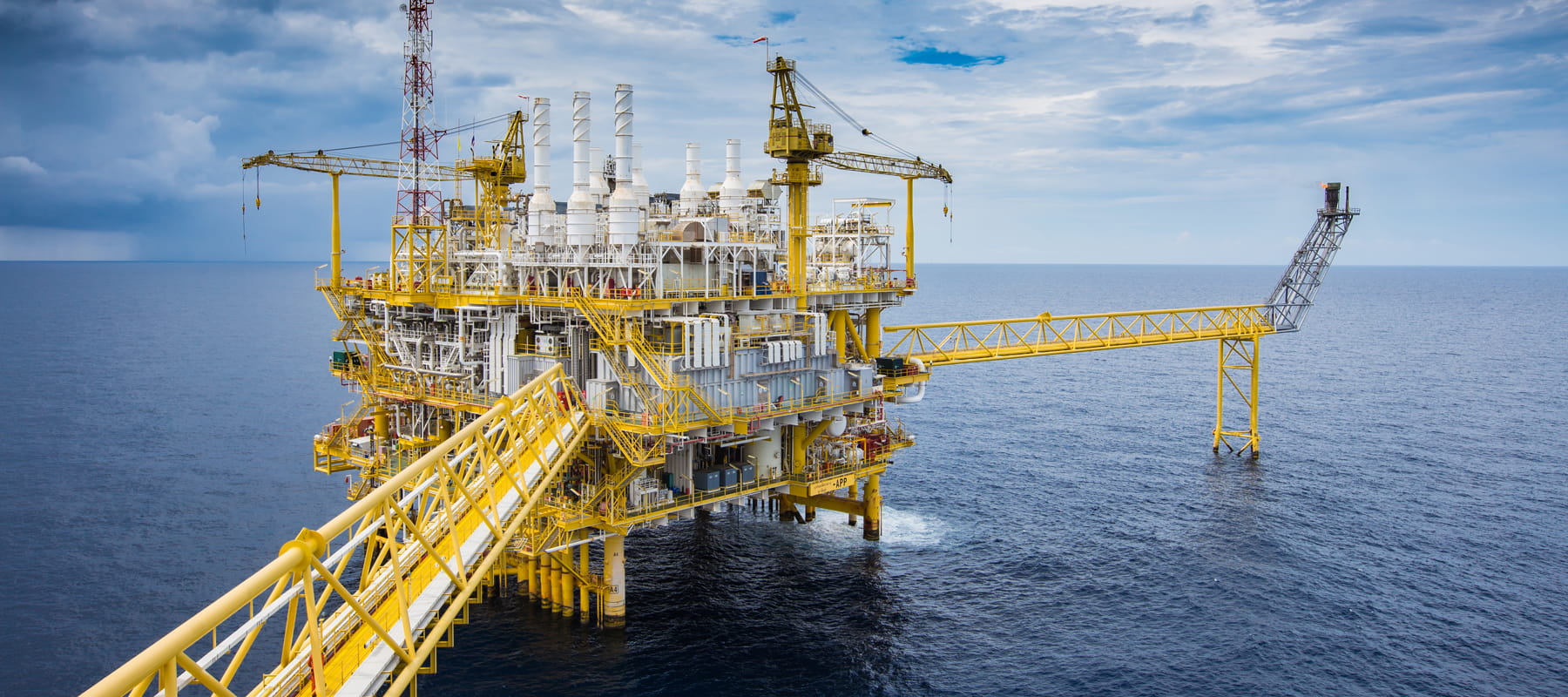Advisian, the independent consulting business line of the Worley Group, welcomes the recent UNDP, IFC and IPIECA “Mapping the Oil and Gas industry to the Sustainable Development Goals: An Atlas” publication for public comment. Key for the industry, irrespective of location, is to foster, grow and maintain a constructive relationship with impacted communities. Through our experience with clients in the oil and gas sector, Advisian has taken the opportunity to highlight our insights with respect to Sustainable Development Goals (SDGs). Further, we were keen to offer potential approaches to achieve more sustainable outcomes for industry and communities alike.
This article is part of the wider Advisian series focused on sustainability globally, sharing insights from teams across Advisian, based on our client engagement and other research we have completed. We will be publishing a series of thought pieces in the coming months, offering deeper insight into industry and communities, their challenges and opportunities.
We welcome any feedback or queries you may have.
The United Nations Development Programme (UNDP), the International Finance Corporation of the World Bank Group (IFC) and International Petroleum Industry Environmental Conservation Association (IPIECA) issued the “Mapping the Oil and Gas industry tothe Sustainable Development Goals: An Atlas” for comment. Advisian welcomes the publication of this atlas as a means to share best practice between oil and gas companies, government and academia on a global basis.
Through our work with clients, Advisian has gained insight into what works well in the Oil and Gas industry. In this paper, Advisian seeks to offer our thoughts and insight, being complementary to the atlas. We offer action-oriented examples, of the kind of initiatives operators could implement to achieve a specific sustainable development goal, whilst improving their “License to Operate” position and therefore increase profitability and attractiveness to shareholders.
Firstly, Advisian would assess a company's governance which is typically manifest in a set of policies, standards and procedures.
Advisian has found that successful companies commit to a set of SDGs in their respective policies. Specifically, compliance with general principles, within a broad set of SDGs, is usually embedded in company policies. The strategic decisions of these organizations are influenced by “License to Operate” type questions at Board Level. Instances in the last few decades such as Macondo and Brent Spar brought to bear the impact of public perception and the associated political response.
Advisian also sees a greater emphasis of SDGs during due diligence assessments in Mergers and Acquisitions. The impact of misaligned goals or certain legacies can weigh heavy on a combined balance sheet. This trend reflects a more general industry development; Advisian has observed a more holistic approach to corporate risk management including a broad range of SDGs.
In the execution of client projects, our observation is that more baseline surveys are being included for a broader range of project and operational activities; achieving more sustainable outcomes for communities than what was historically observed. These baseline surveys set the environmental and social framework to implement SDG related activities. Advisian suggests that in certain instances contract and procurement activities for goods and services should include clear expectations on environmental, health and social goals for the project and its affected communities. All of these activities underpin the License to Operate approach. In this context, special mention has to be made in nurturing, developing and collaborating local content and local talent where large companies work outside the base country and bring expertise and investment to another region. Advisian sees the great synergies and long-term potential for solid relationships between host nations and operators.
This first section applies principally to the following SDGs:
Secondly, through our client experience, Advisian has visibility of typical operational plans in the Oil and Gas industry, which often incorporate SDGs.
Some examples of components of these plans are:
- Operators are transitioning to Digital Data Management to improve the management and resilience of their assets. Importantly, this is an opportunity to identify synergies with local activities and content.
- In the early project planning stages, Advisian proposes to include a consultative phase that allows the design, construction and operation phases of the project and the resulting infrastructure to meet business needs as well as address local stakeholder needs where feasible.
- As part of planning developments, conduct a local labor and skills analysis to determine whether the resident workforce is able to provide suitable personnel at various project and operations phases. Advisian suggests that as an outcome of this type of analysis, an operator or lead contractor can put plans in place for long term training and development to develop local talent. This is more cost effective and sustainable in the long run. Further longer term programs could include apprenticeships for young local residents. Advisian also believes that this approach reduces risks and reliance of transient temporary workforces.
- Advisian emphasizes the need to ensure that water management plans are included in the project development phases reflecting the needs of all stakeholders. In some regions, water is a scarce commodity; hence, working with all stakeholders promoting the principles of a circular economy around water management is in everybody’s interest.
- Advisian sees benefits for operators and contractors in instituting Community Development programs aimed at providing support with defining training needs, knowledge transfer and organisational capability development. These programs are not meant to be giving funds to local communities, rather sharing resources and investment in communities. The aim is to enhance the living standard of communities. In turn, communities become more resilient and are able to support the operators and contractors, as part of the community. Longer term, the communities develop more resilience and are able to support the operations through their workforce, education and health infrastructure.
- Advisian also recommends implementation of Non Work Related Health and Safety Programs for the impacted communities. The programs would be based on training sessions as well as health support to local health infrastructure and resources. This is just an extension for operators and contractors. The typical ROI includes a reduction of absenteeism due to sickness; an increase in productivity, due to a healthy workforce, leading to safer operations.
The above examples apply to the following SDGs in part or holistically:
Thirdly, Advisian observed that for community and health related assessments to be useful, they need to be holistic and understand the various determinants of health to have an impact.
In Advisian’s view the need to be holistic, and therefore meaningful, extends to the assessment of well-being for all ages in a community to not merely assess illness, or physical sickness, to be able to arrive at a sustainable outcome.
Advisian sees opportunities in conducting and updating the existing health status for communities to understand the real impacts of a project as a benchmark.
Fourthly, Advisian has a number of case studies that underpin and augment some of the SDGs in the atlas.
Advisian promotes the use of Unmanned Autonomous Vehicles (UAVs) to replace mundane tasks, and reduce travel requirements in operating environments, by utilizing smart analytics, to replace the need for travel to an exception/ intervention basis. Furthermore, Advisian also has first-hand experience in conducting aerial surveys and reducing exposure to operatives on the ground.
Advisian is actively supporting clients in introducing renewable energy sources to reduce the reliance on traditional energy sources and diversify. Advisian has begun publishing a number of thought pieces in new energy which explore the impact of new energy generation and storage systems on our society.
Advisian has assisted a State Government frame their biofuel strategy by identifying specific growth regions where biofuels could play a role in the regional fuel mix. In order to arrive at a holistic high level strategy, the client needed to consider technical, business and policy aspects to formulate a plan to attract potential developers and help existing primary industries diversify away from their historic markets.
Advisian wholeheartedly supports the proposition that urgent action must be taken to combat climate change and its impacts. Furthermore, we unanimously endorse the significant practical role that Carbon Capture and Storage (CCS) or Carbon Capture Use and Storage (CCUS) must play in the oil and gas industry in order to achieve the 2DS. Advisian believes that the oil and gas industry is uniquely placed to be a leader in this endeavor in both the upstream and downstream components, which is unique and unlike any other resource industry. In the upstream component, the gas separation process inherent in this activity enables the lowest cost method of CO2 separation. Pioneering projects like Statoil’s Sleipner have been capturing and safely storing CO2 in geologic reservoirs for almost 20 years through this process. Other activities such as Australia’s Gorgon project also separate the CO2 from gas processing for geologic storage. Furthermore, enhanced oil recovery (EOR) projects have, until the recent decline in oil prices, provided the other commercial business cases for CCS in the oil and gas industry.
The application of CCS in the hydrocarbons business are critical in proving to stakeholders (regulators, financiers and community’s) that CCS is commercially available and in giving confidence that geologic storage can be done safely.
The gas industry’s downstream component can also play a significant role in combating climate change by applying CCS to gas-fired power generation. According to the International Energy Agency (IEA 2016), CCS must contribute approximately 12 percent of cumulative emissions reductions in the energy sector in order to achieve the 2DS. The IEA also estimated that 250 GW of gas-fired power plants are equipped with CCS and provided around 4% (1 485 TWh) of global power generation in 2015. In addition, the IEA forecast that 42 percent of gas-fired power generation will come from plants equipped with CCS by 2050.
Another unique facet of applying CCS to the oil and gas industry is the ability to capture and safely store CO2 at large scale (millions of tons CO2) that are required to make a meaningful reduction in emissions to atmosphere. To date very few industries have practically demonstrated this like the oil and gas industry.
A key challenge is that oil and gas industry will need to collaborate with stakeholders from other industries such as power generation and cement production, for example, who may have different operating cultures.
Advisian also believes that the Oil and Gas industry can learn from other adjacent resource intensive industries. As part of an environmental, social, health impact assessment for a mining project, Advisian investigated health issues as holistic in nature and not merely illness, or physical sickness. The assessment included the WHO, World Bank, ICMM and IFC protocols. Social and health determinants were used in the baseline profiling. Importantly population health dynamics were assessed by Advisian at the baseline stage and compared against the project effects. As a result, health management plans were developed for future monitoring and mitigation.
In conclusion, Advisian welcomes the publication of the atlas and endorses the aim of promoting greater transparency and collaboration across the Oil and Gas industry.
Authors:
- Kai Eberspaecher, Senior Associate, Brisbane
- Allison Hanly, Principal Consultant, Brisbane
- Chai McConnell, Senior Associate, Brisbane
- Juan Ramón Miguélez, Operations Director, Madrid
- Geetha Ramesh, Principal Consultant, Calgary
For more, see Contributing to the Sustainable Development Goals in Oil and Gas










